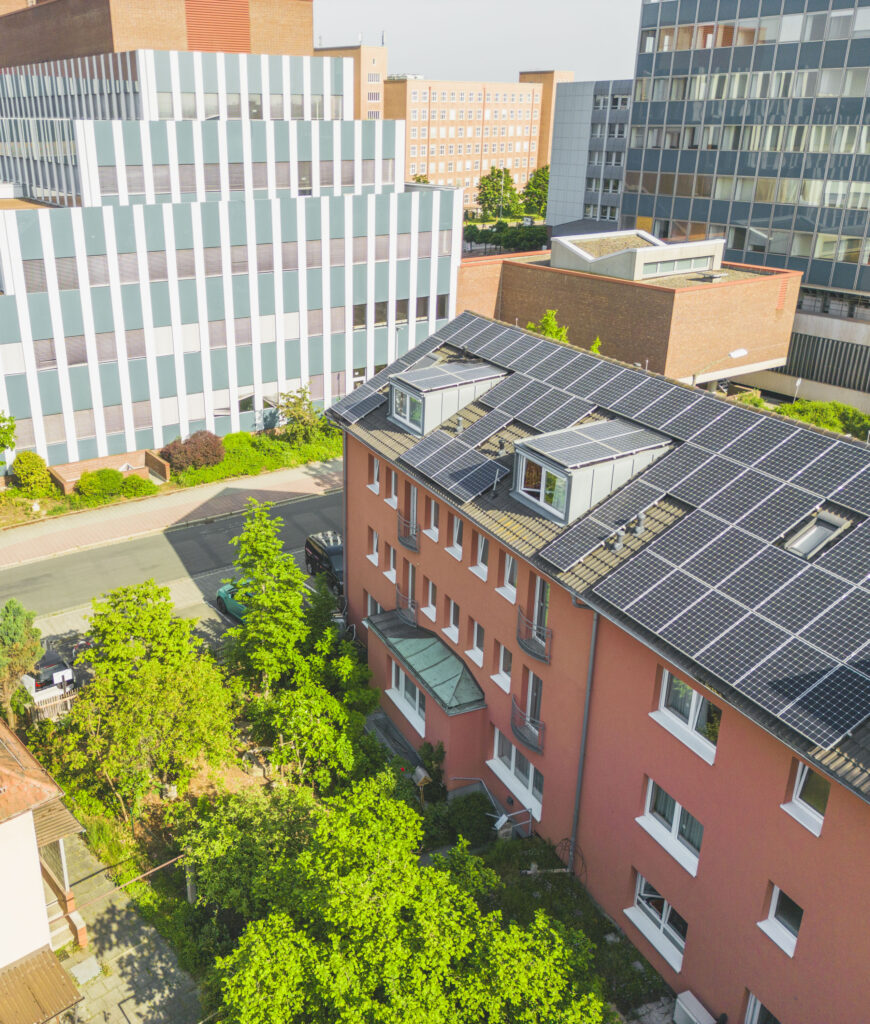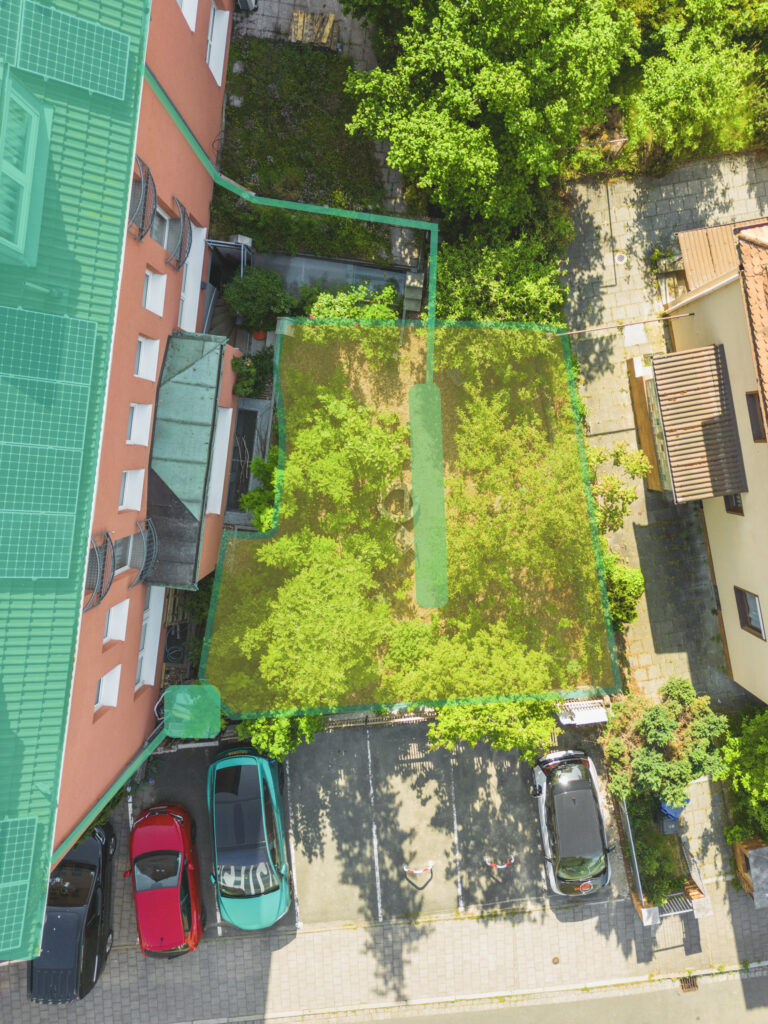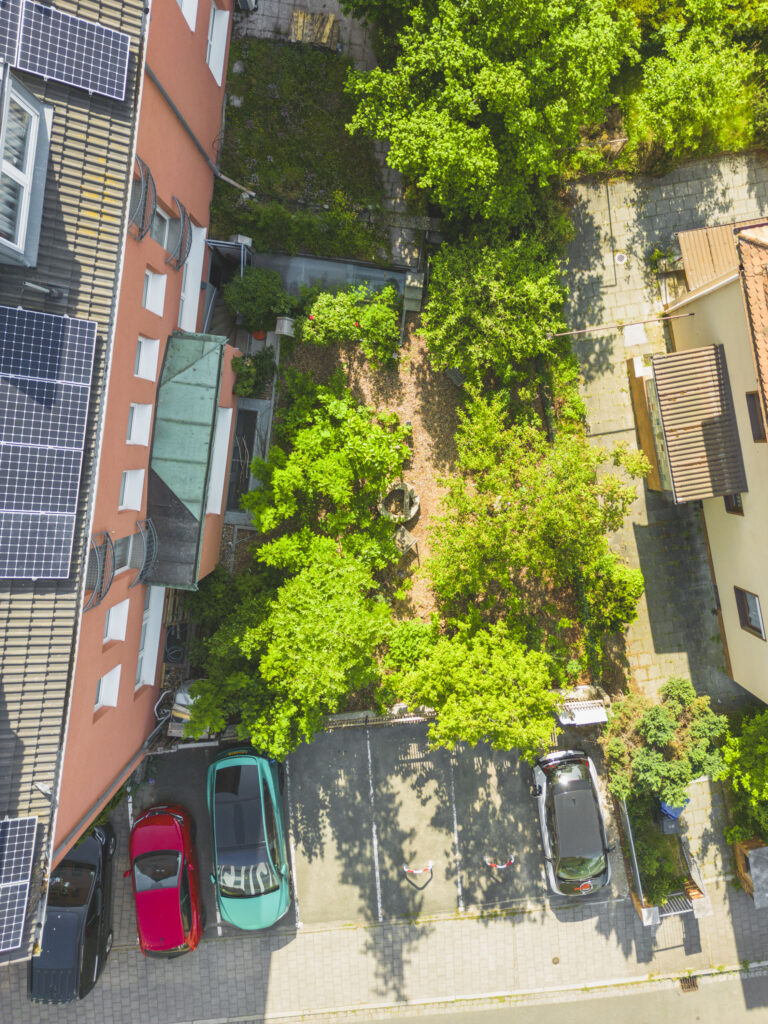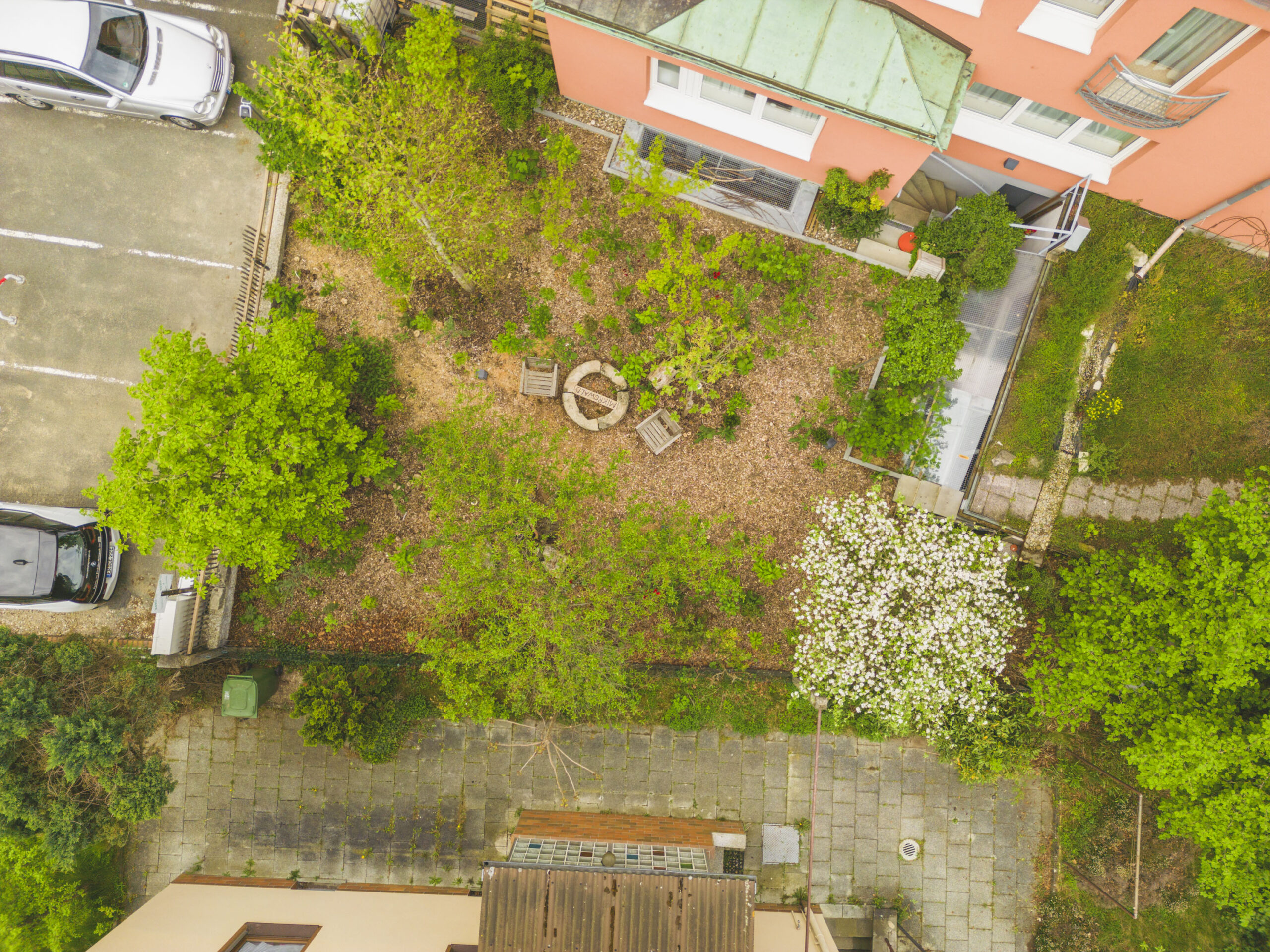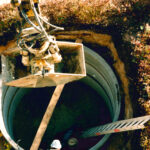Sponge city garden
A sponge city garden uses special techniques and plants to effectively store rainwater, purify it and slowly release it back into the environment. The concept is based on the idea that urban surfaces should function like a sponge – they absorb water, store it and release it again when needed.
Here are some important elements of a sponge city garden:
- Rainwater management: Rainwater is collected and channelled into the ground instead of running off quickly through the use of infiltration beds, trough-trench systems and green roofs. This reduces the risk of flooding and relieves the burden on the sewerage system.
- Greened areas: The use of vegetation that can store and filter water not only improves the microclimate, but also promotes biodiversity.
- Permeable materials: Walkways and squares are designed with permeable materials that allow water to seep into the ground.
- Storage systems: Cisterns and other storage options are used to collect excess water and use it later for irrigation or other purposes.
A sponge city garden thus makes an important contribution to sustainable urban development by increasing resilience to climate change and at the same time improving the quality of life in urban areas.
Under our micro forest, for example, we have installed a gravel pack (8m x 1m x 0.6m) to absorb rainwater from the roof even during heavy rainfall. This water seeps away very quickly and is also absorbed by the many trees. Because it is channelled directly into deeper layers, there is no effect that often occurs when soils are too dry: the water remains on the surface and runs off superficially, as the soil cannot absorb anything.
Implementation period: Continuous
Partner: Botanical Garden Erlangen
SDGs: 11,13,15
